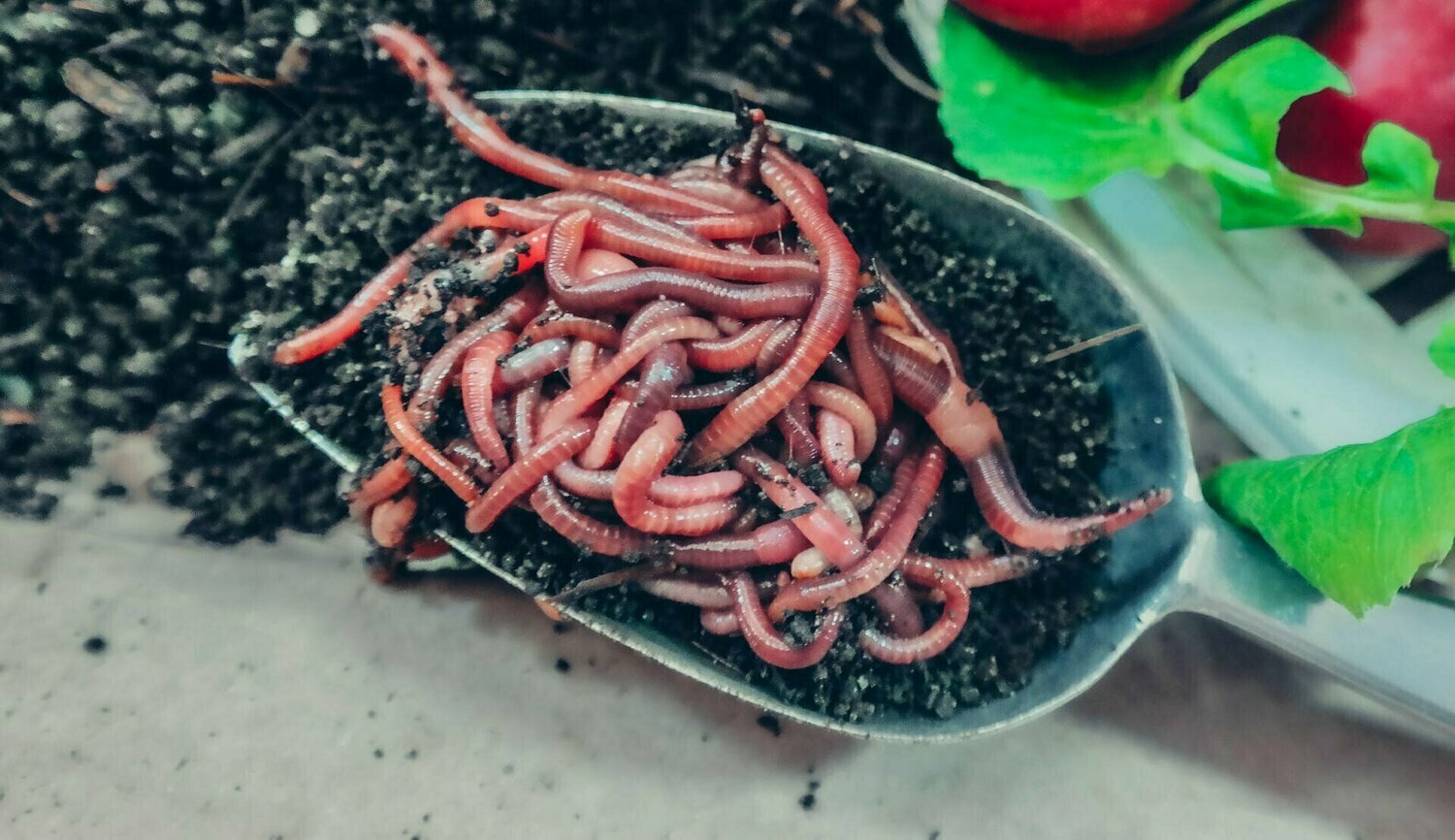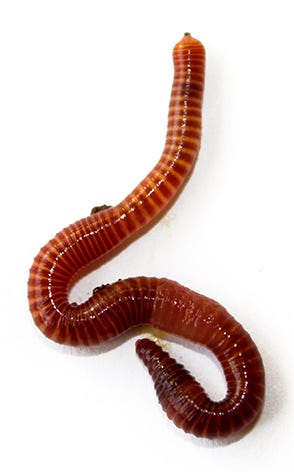The Function of Red Wigglers in Sustainable Gardening
The assimilation of red wigglers into sustainable gardening practices uses an engaging method to enhancing soil health and reducing natural waste. The implications of using red wigglers extend past mere composting; their role in shaping a much more lasting future warrants a much deeper expedition of their benefits and functional applications.
Comprehending Red Wigglers
Red wigglers, scientifically referred to as Eisenia fetida, are a species of earthworm renowned for their role in sustainable horticulture and composting practices - red wigglers. These worms prosper in disintegrating raw material, making them specifically efficient in transforming kitchen scraps and lawn waste right into nutrient-rich garden compost. Unlike typical earthworms, red wigglers have a greater tolerance for varying wetness levels and can thrive in environments with plentiful natural product
(red worms)Typically, red wigglers are smaller than their earthworm equivalents, typically measuring between 3 to 4 inches in size. They have a reddish-brown pigmentation and have a fractional body framework that helps in their burrowing and feeding tasks. These organisms are hermaphroditic, suggesting each specific possesses both male and women reproductive organs, which enables efficient population development under optimum conditions.
The environment choices of red wigglers include wet, dark atmospheres rich in organic web content, such as garden compost bins or worm ranches. Their eco-friendly function expands beyond composting; they are important in aerating the soil and facilitating vitamins and mineral biking, which eventually adds to healthier yard communities. red wigglers. Understanding the biology and habits of red wigglers is vital for those looking for to carry out reliable vermicomposting in sustainable horticulture
Benefits of Vermicomposting
Vermicomposting offers numerous advantages that boost lasting gardening methods and add to ecological health and wellness. Among the primary benefits is the transformation of natural waste into nutrient-rich garden compost, which enhances dirt framework and fertility. The castings produced by red wigglers are packed with helpful microbes and necessary nutrients, making them an excellent all-natural plant food.
Additionally, vermicomposting substantially minimizes land fill waste. By drawing away kitchen scraps and lawn waste from garbage dumps, this method not only lessens methane exhausts-- a potent greenhouse gas-- yet likewise promotes a circular economy, where waste is repurposed as a resource.
One more benefit is the improvement of dirt oygenation and drainage (red wigglers). The burrowing activity of red wigglers develops networks in the soil, enabling air and water to permeate more conveniently, thus promoting a healthier origin system for plants
Furthermore, vermicomposting can be done on a tiny scale, making it obtainable for urban garden enthusiasts and those with limited space. This method encourages environmental stewardship and understanding, as individuals come to be a lot more engaged with their waste management practices. Inevitably, vermicomposting represents a lasting, reliable, and green strategy to horticulture that benefits both plants and the world.
How to Beginning Vermicomposting
Starting your very own vermicomposting system can be a satisfying undertaking that boosts your sustainable gardening practices. To start, choose a proper container, such as a plastic bin or wood box, with excellent drain and ventilation. The dimension will certainly depend on the quantity of kitchen scraps you generate; a container of 10-14 gallons usually is adequate for a family.
Following, prepare the bed linens product. Shredded newspaper, cardboard, and coconut coir are exceptional options, giving a comfy environment for the red wigglers. Go for a bed linens depth of concerning 4-6 inches, which ought to be damp yet not soaked.
When the bed linens is established, introduce your worms. Red wigglers (Eisenia fetida) are one of the most ideal for composting. Start with roughly one pound of worms for each 2-3 pounds of kitchen scraps weekly.
Begin including kitchen area waste, preventing meat, dairy products, and oily foods, as these can attract pests and develop odors. On a regular basis keep an eye on the container's dampness degrees and temperature level, guaranteeing it continues to be within the optimal array for worm task. With these first actions, you'll be well on your method to creating nutrient-rich compost for your garden.
Maintaining a Healthy And Balanced Worm Container
A thriving worm bin needs constant treatment and interest to maintain an ideal setting for the red wigglers. Key variables to check include wetness levels, temperature level, and food supply. Preserving a wetness degree similar to a wrung-out sponge is vital; also much water can result in anaerobic problems, while also little can dry out the worms.
Temperature is also critical, as red wigglers thrive in a series of 55 to 77 levels Fahrenheit. Severe temperatures can worry the worms, possibly resulting in death. Positioning the container in a climate-controlled area or using protecting products can help control temperature variations.

Lastly, oygenation is important. Routinely transforming the bed linen and utilizing a fork or shovel can avoid compaction and advertise airflow, making certain a healthy and balanced, thriving atmosphere for the red wigglers. By sticking to these techniques, garden enthusiasts can maintain an efficient worm container that sustains lasting horticulture efforts.
Influence on Dirt Wellness
Enhancing soil wellness with making use of red wigglers is a basic facet of lasting horticulture. These worms, known medically as Eisenia fetida, play an essential role in improving soil structure and fertility. By eating natural matter, my site red wigglers break down complicated products into easier substances, a procedure understood as vermicomposting. Completion product, worm castings, is rich in vital nutrients, including nitrogen, phosphorus, and potassium, which are essential for plant growth.

(Lake Rhodhiss Worms)Studies have revealed that dirts improved with worm castings exhibit raised microbial task and boosted fertility, leading to higher plant yields. By integrating red wigglers into gardening methods, gardeners not just enhance their soil yet likewise contribute to a much more sustainable farming system, highlighting the interconnectedness of soil health and environmental stewardship.

Conclusion
In conclusion, red wigglers significantly add to lasting horticulture via their efficient vermicomposting techniques. By advertising waste decrease and fostering a round economy, red wigglers arise as important components in eco-friendly horticulture campaigns, underscoring their crucial duty in environmental sustainability.